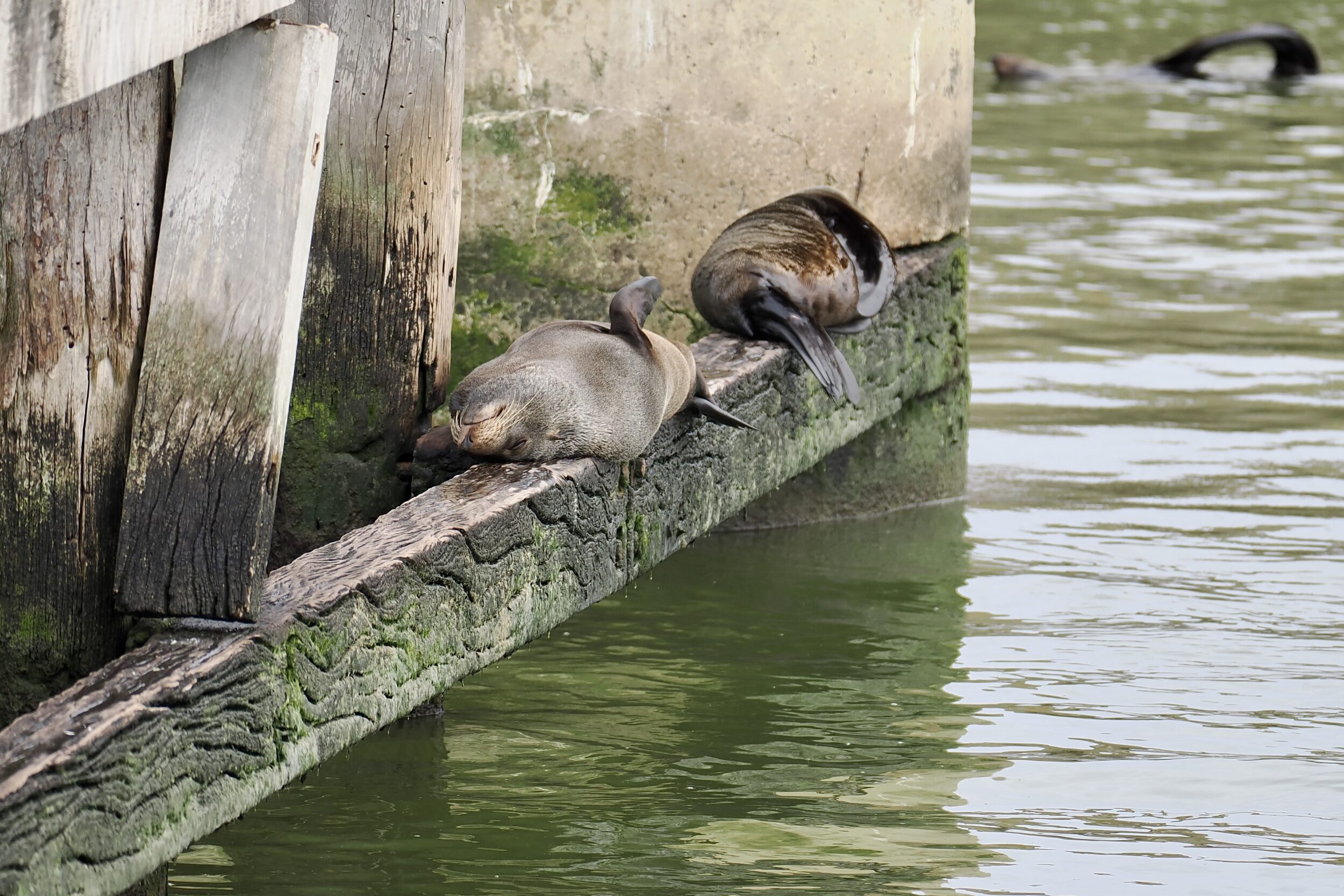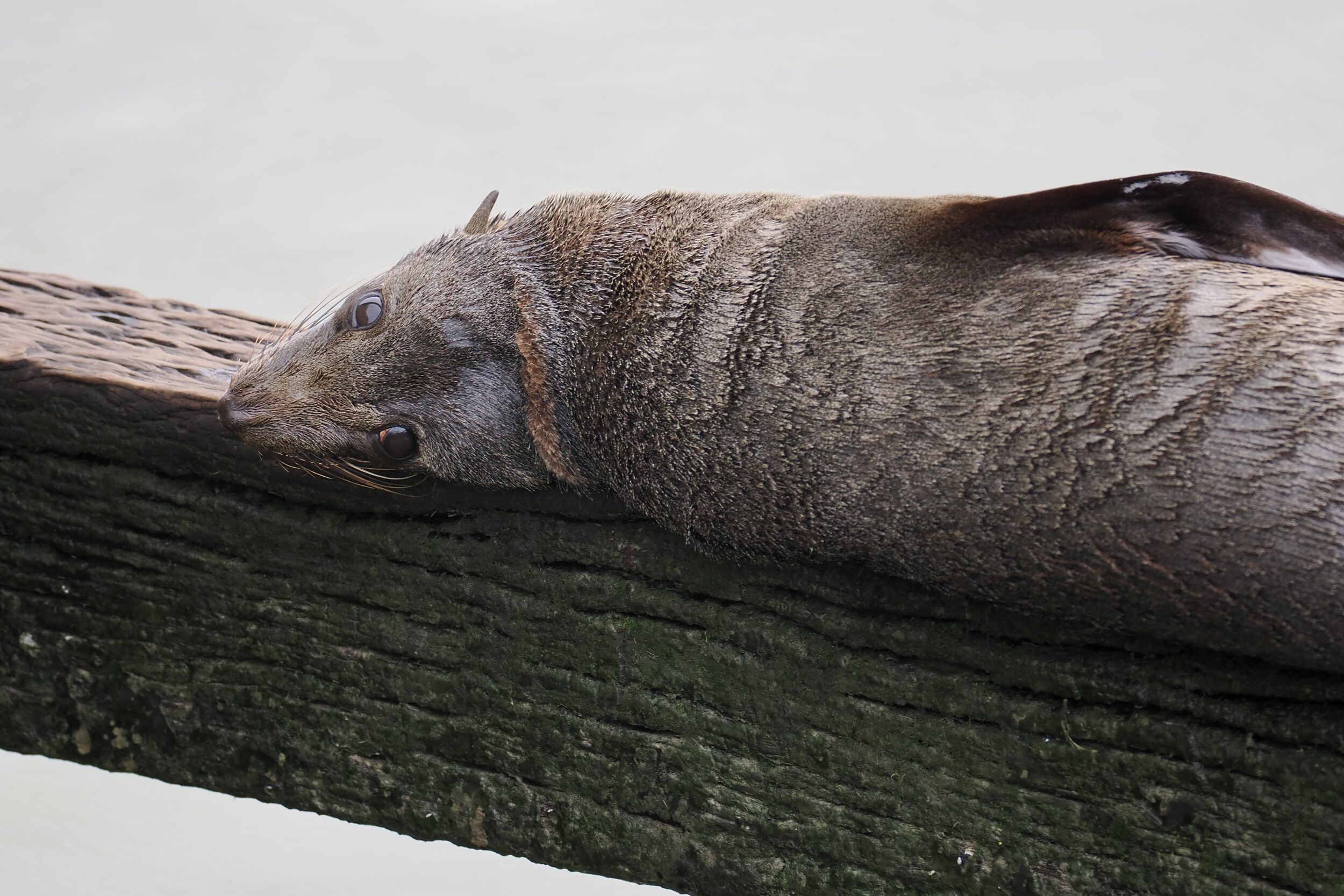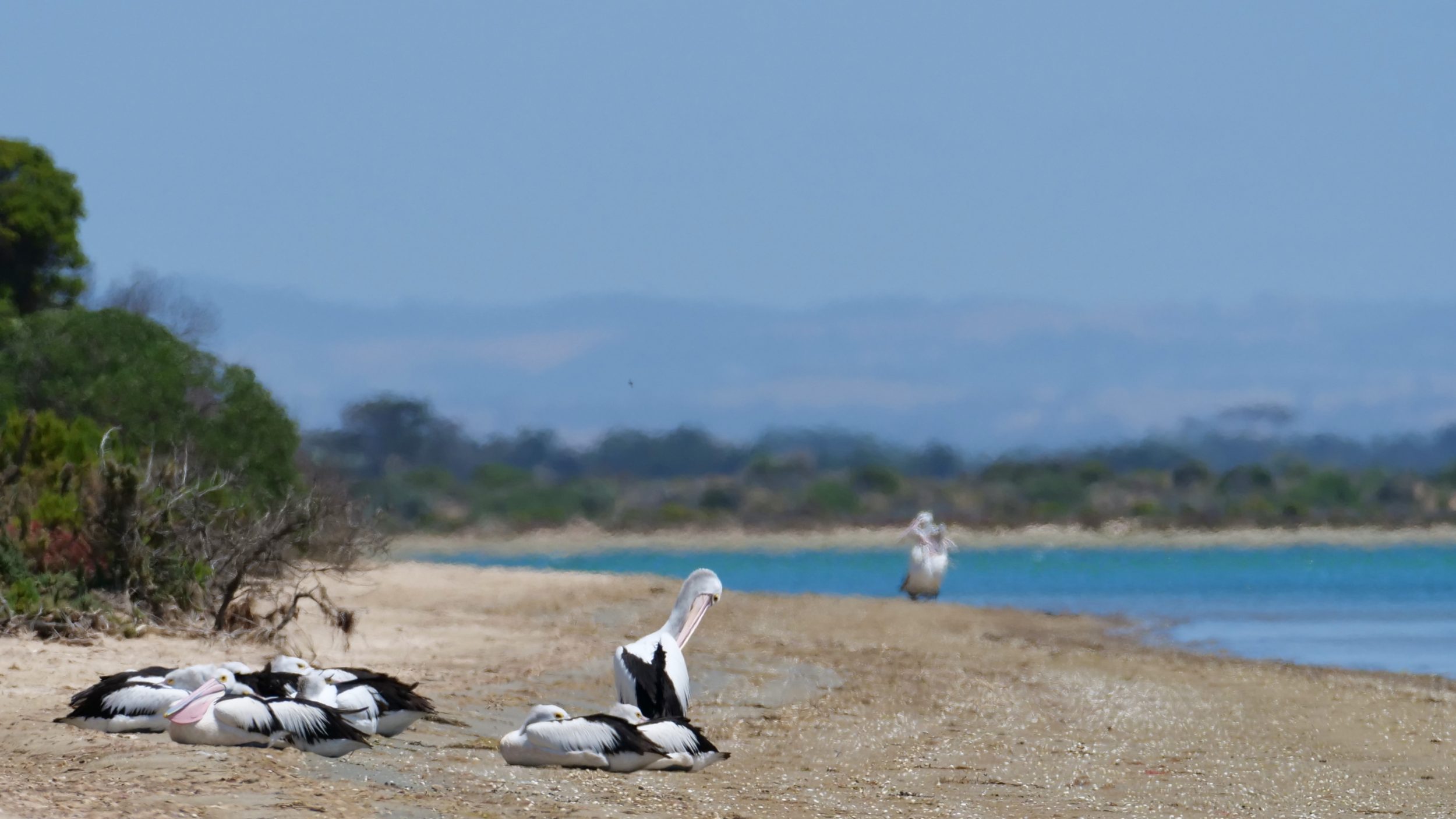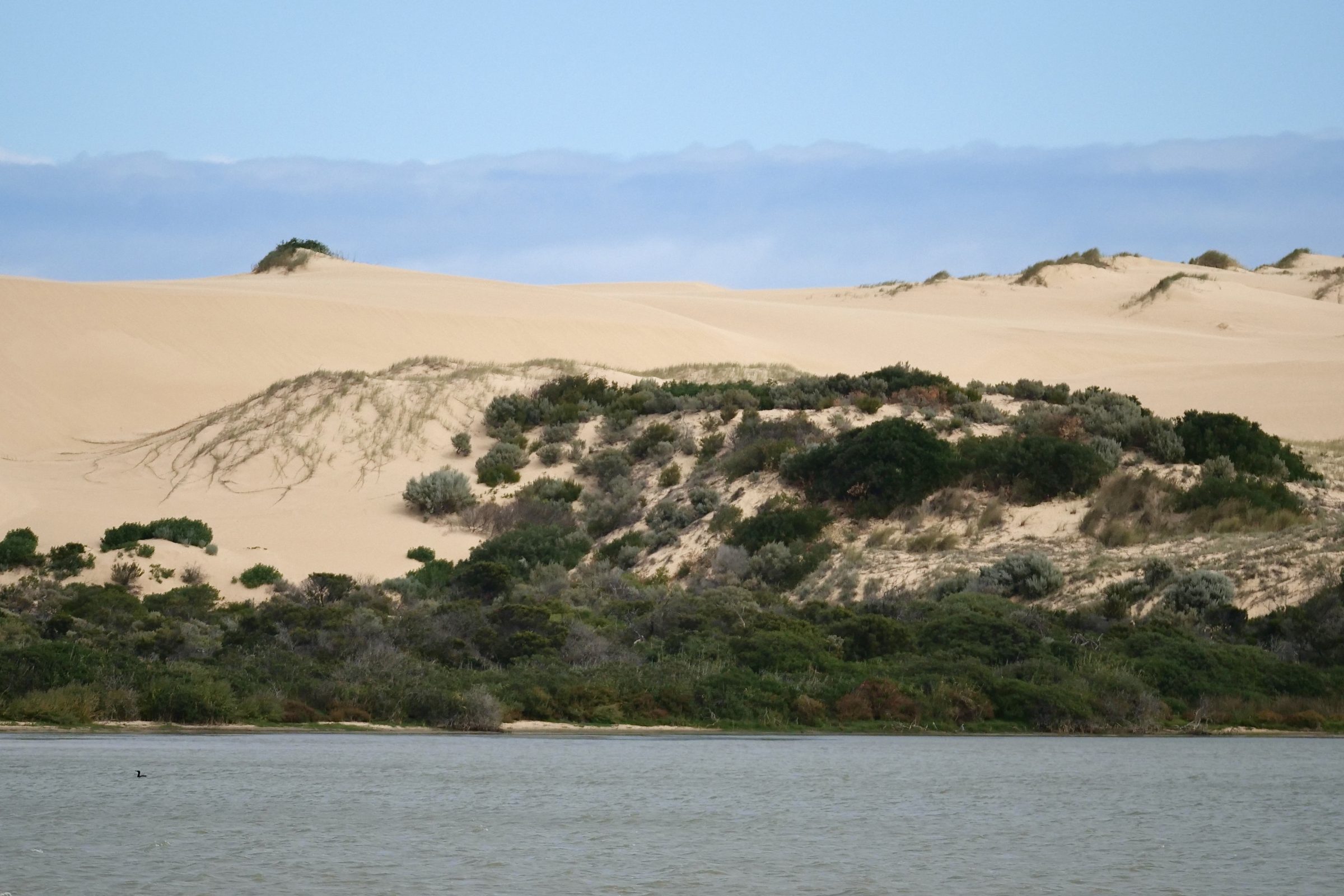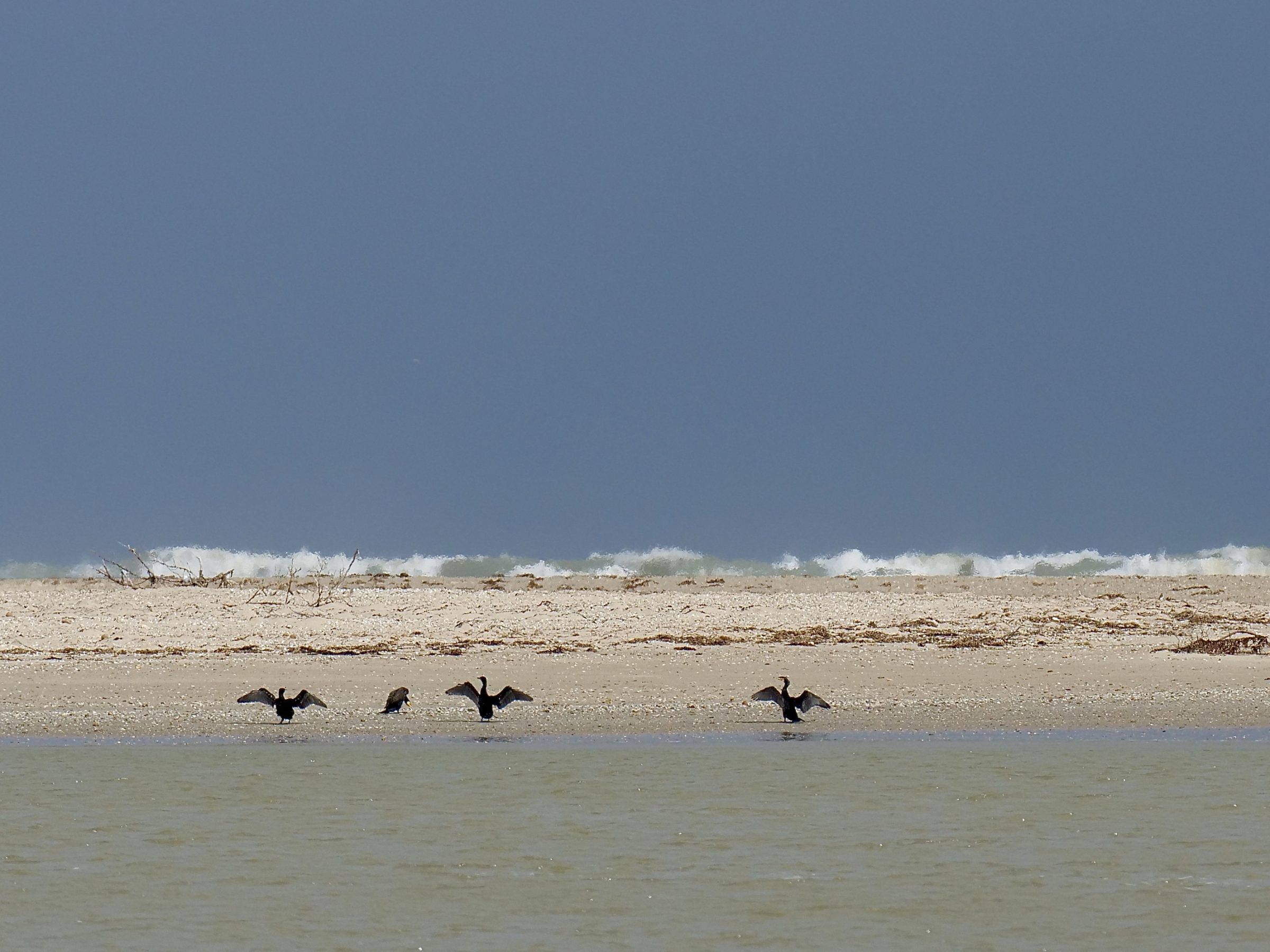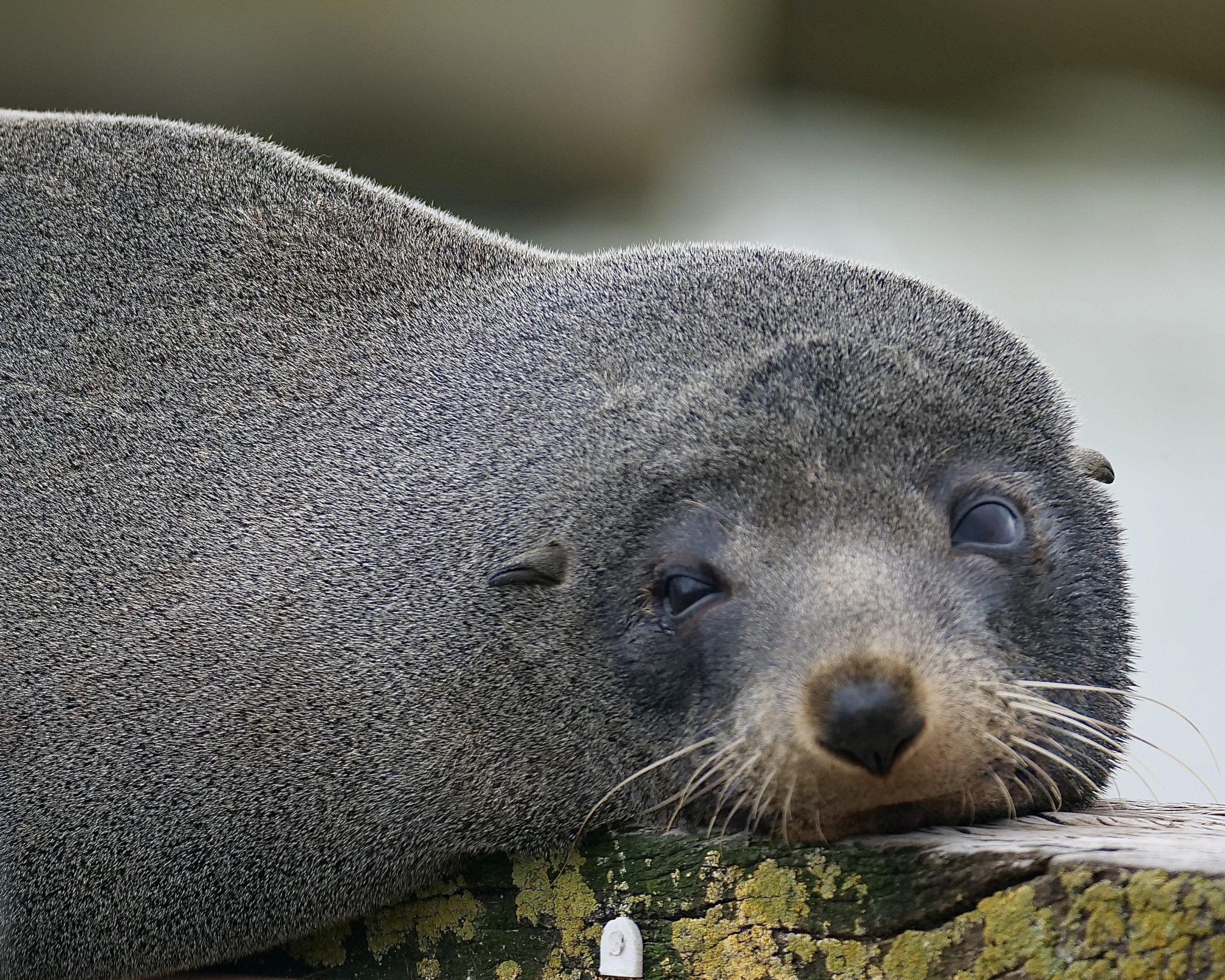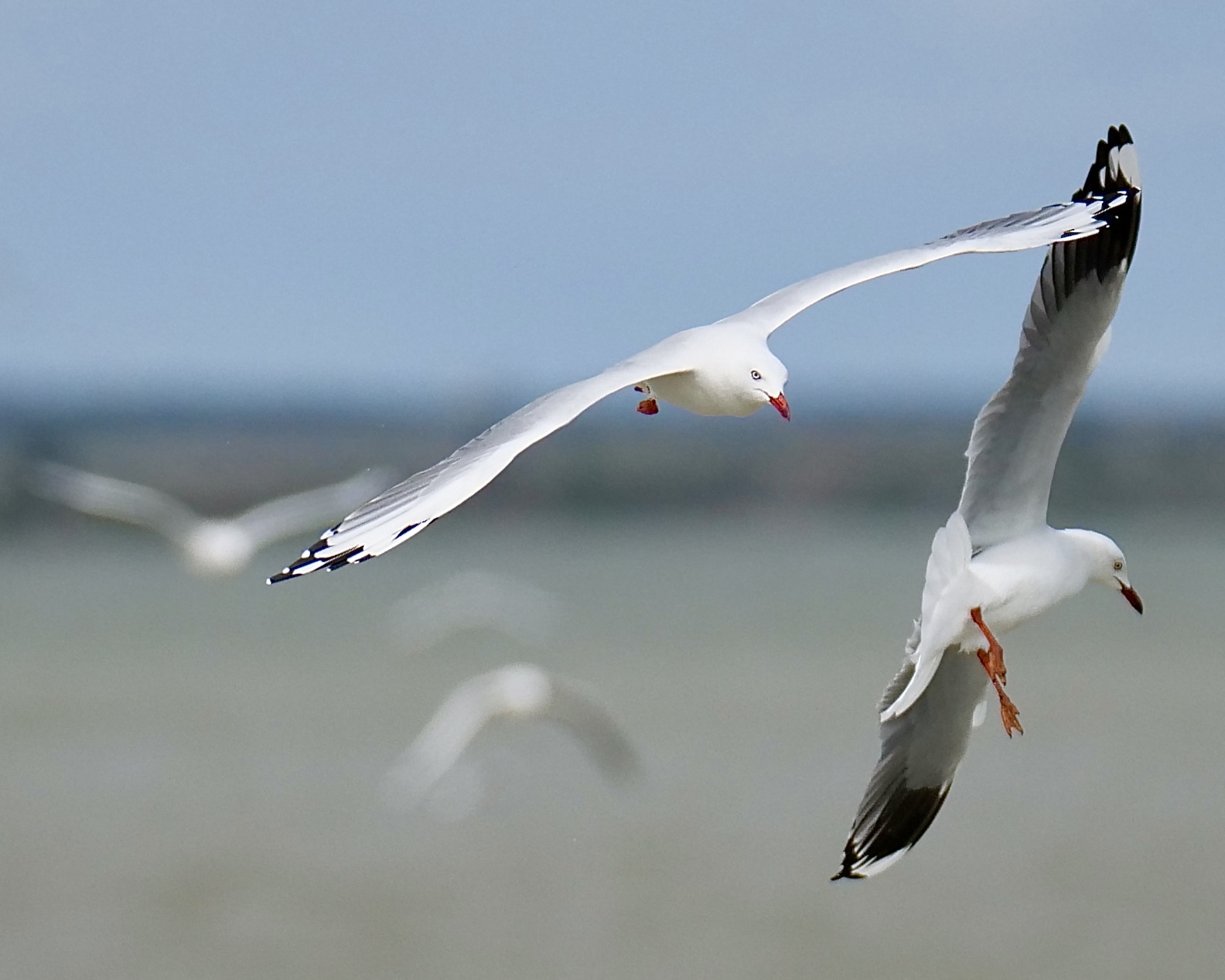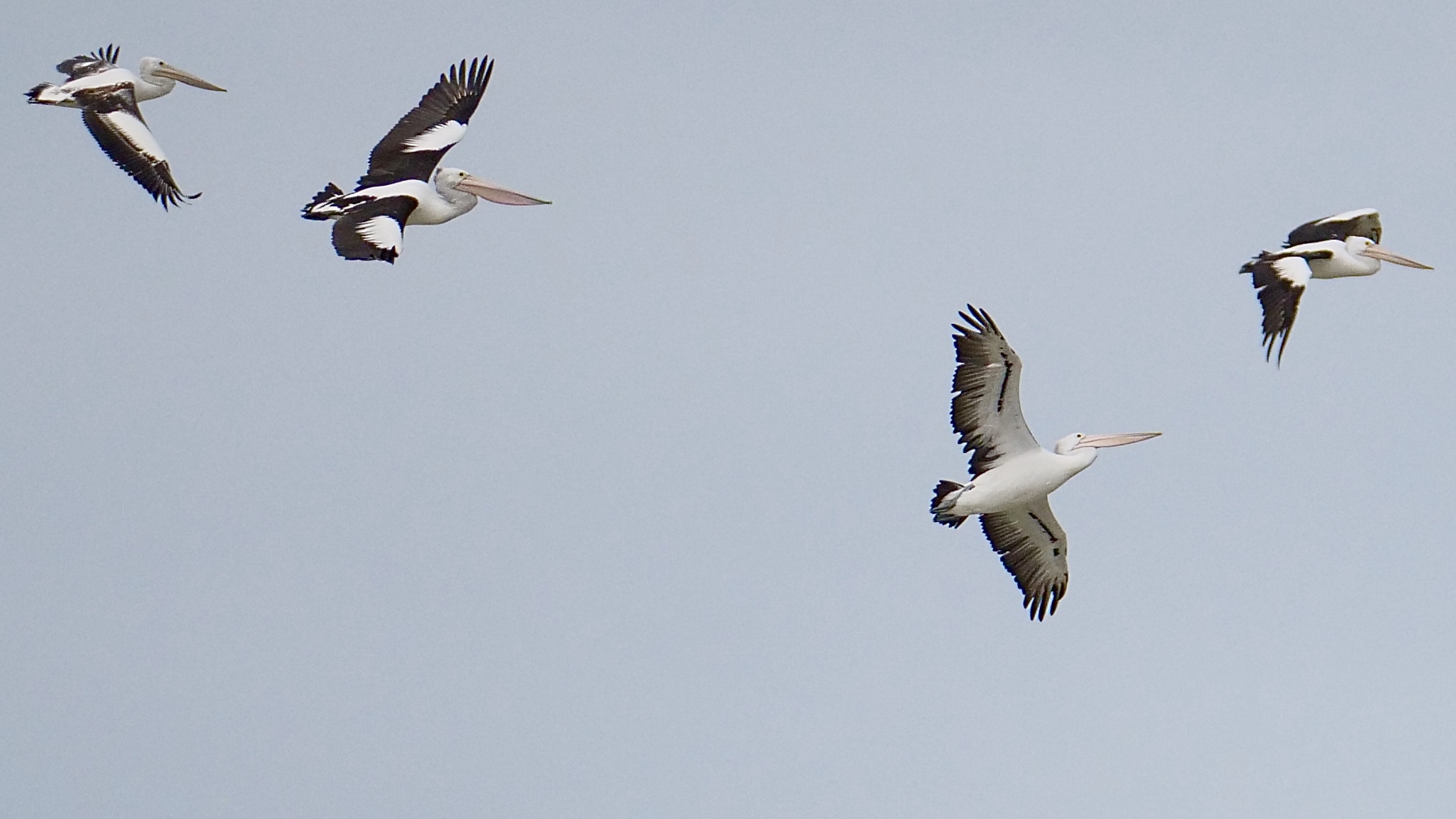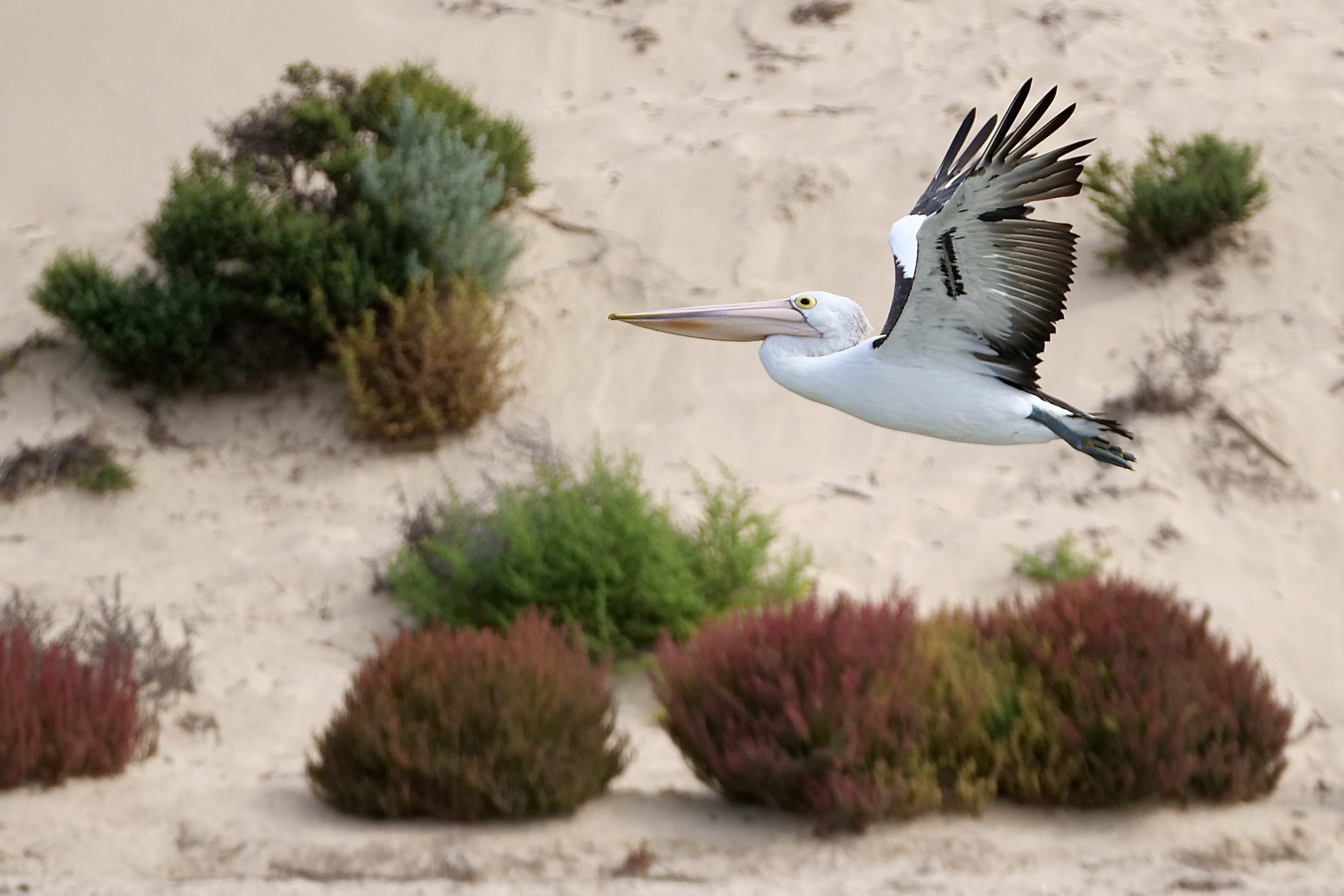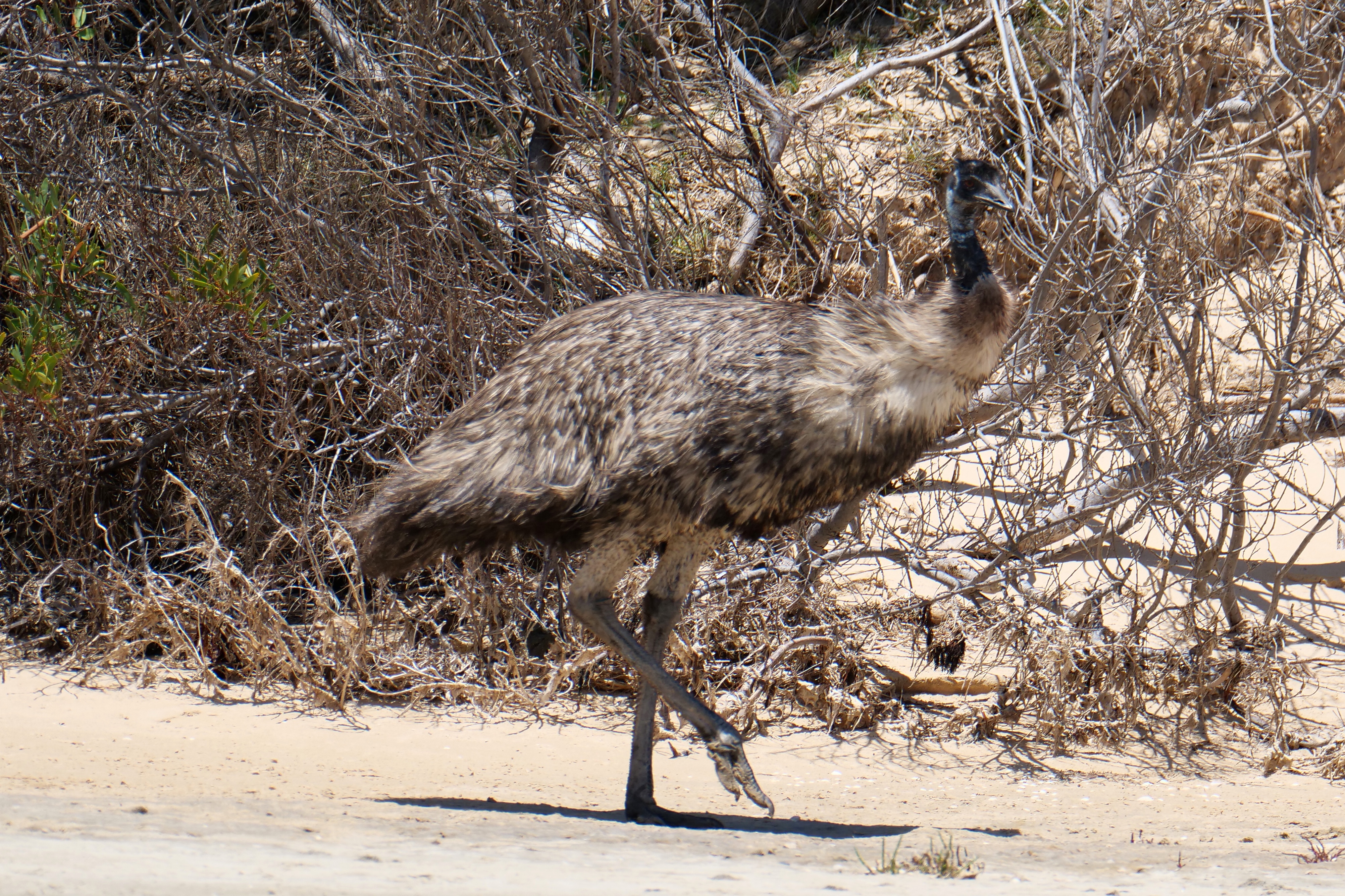The European carp which infest and degrade the Murray-Darling River system are disdained by most Australian human eaters of fish.
For a seal at Goolwa, however, a carp is a “highly-desirable, easily-caught meal”.
The recent “flood years” have flushed and funnelled umpteen millions of European carp through the Goolwa Barrage’s opened gates.
If long-nosed fur seals could speak English, they’d probably describe the Goolwa Barrage’s current hunting and dining “scene” as akin to “shooting fish in a barrel”.
Comments closed